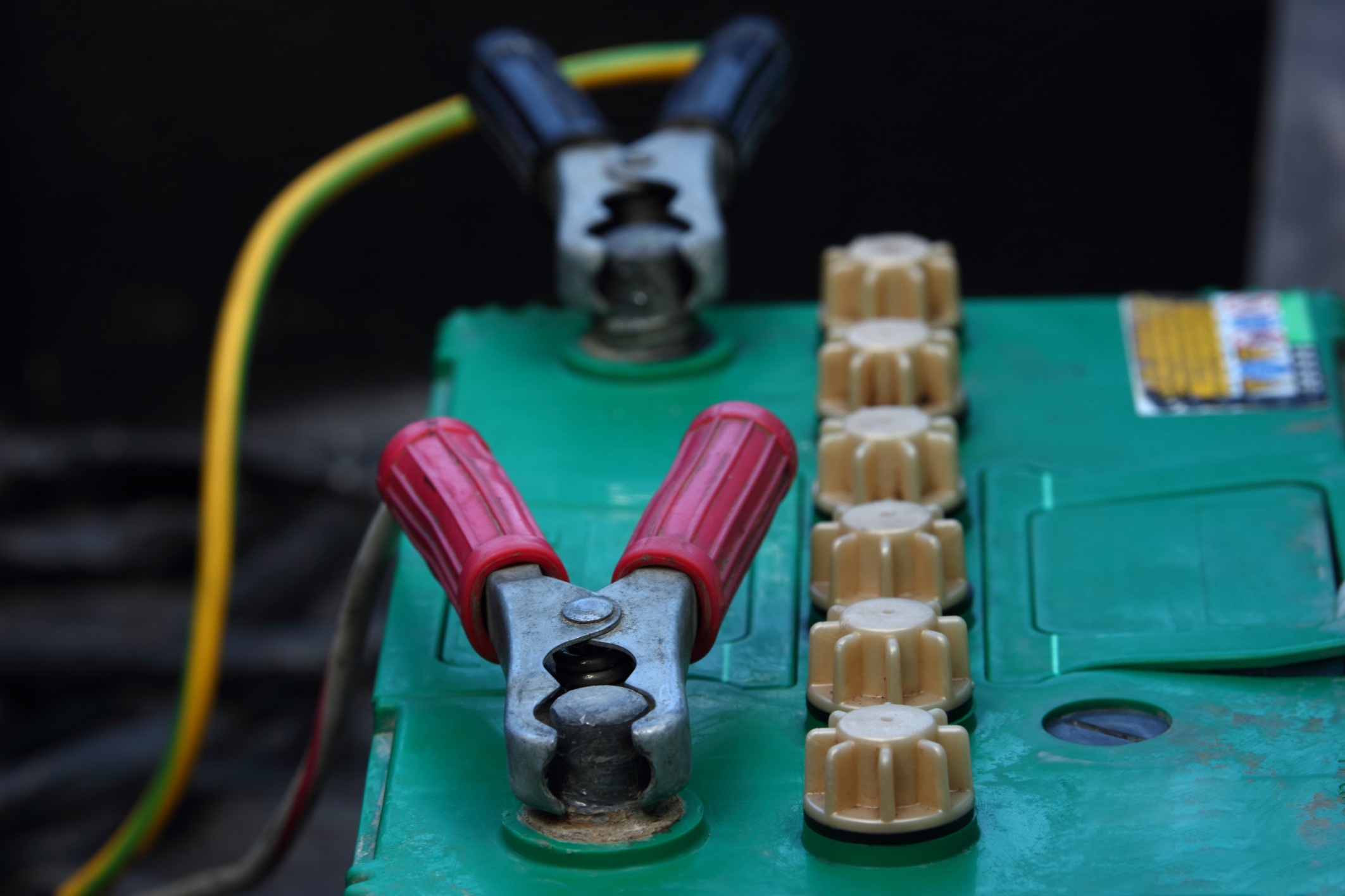 Lithium-ion batteries are most commonly valued for their lighter weight, smaller size, and longer cycle life when compared to traditional lead-acid batteries. If you require a battery that gives you more operational time, your best option is to choose a lithium-ion deep cycle battery.
Lithium-ion batteries are most commonly valued for their lighter weight, smaller size, and longer cycle life when compared to traditional lead-acid batteries. If you require a battery that gives you more operational time, your best option is to choose a lithium-ion deep cycle battery.
The following lithium vs. lead acid battery facts demonstrate the vast difference in usable battery capacity and charging efficiency between these two battery options:
Lead Acid Batteries Lose Capacity At High Discharge Rates
Peukert’s Law describes how lead acid battery capacity is affected by the rate at which the battery is discharged. As the discharge rate increases, the battery’s usable capacity decreases.
A typical battery’s capacity is measured by the current that is required to fully discharge in 20 hours. If your application’s discharge current exceeds the manufacturer’s 20-hour rate, Peukert’s Law explains why your battery capacity becomes significantly reduced.
However, this law does not hold true for lithium-ion batteries due to the technology’s high level of efficiency. Lithium-ion battery capacity remains satisfactory for years after installation, regardless of your discharge rate.
Lithium-Ion Batteries Have A Higher Usable Capacity
In many applications, lead-acid batteries are sized to a 50 percent depth of discharge in order to extend battery life. This means you are taking up twice the amount of space and adding extra costs, neither of which are efficient options.
Rechargeable lithium-ion batteries are 99 percent efficient and offer a much higher usable capacity at the same Amp-Hour (AH) rating. Lithium-ion technology commonly provides 20-50 percent more usable capacity and operational time depending on the discharge current.
This allows you to substitute your lead acid battery with a much smaller, lower-capacity lithium-ion battery to achieve similar results and run time. Additionally, lithium-ion battery life far exceeds the life span of lead-acid batteries.
Lithium-Ion Charging Efficiency Results In Less Downtime
A lead-acid charging algorithm has various specially designed stages. These stages ensure the battery is properly charged in order to maximize battery life and performance. At the same time, this is also a slow process.
A lead-acid battery’s internal resistance becomes higher the deeper it is discharged. So, the charging algorithm is designed to slowly charge the battery at lower voltage levels. Conversely, the constant current algorithm of lithium batteries is preferable due to the high efficiency and low internal resistance. That means you are able to charge at a much higher rate. In turn, this reduces downtime and increases operational time.
Lithium-ion batteries offer many advantages that make them a smarter choice over lead-acid batteries. A significant number of lithium-ion batteries also offer greater value based on price, depending on your application.
All applications benefit from higher battery efficiency when using lithium-ion. Whether you are powering high-end electronics, driving an electric vehicle, or charging solar batteries for your home, it is wise to choose the efficiency of lithium-ion batteries.
